Home>Renovation & DIY>Home Renovation Guides>What Is A Crawl Space In A House
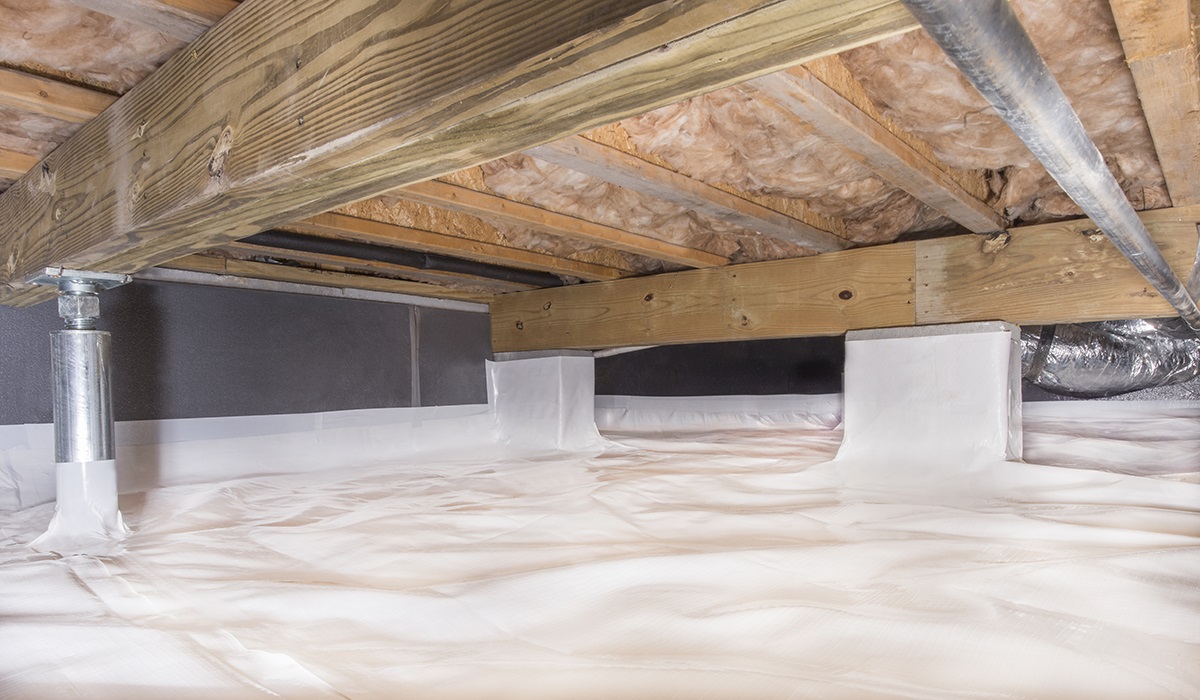

Home Renovation Guides
What Is A Crawl Space In A House
Modified: February 17, 2024
Learn about crawl spaces in houses and their importance for home renovation. Discover how to maintain and renovate crawl spaces with our comprehensive guide.
(Many of the links in this article redirect to a specific reviewed product. Your purchase of these products through affiliate links helps to generate commission for Storables.com, at no extra cost. Learn more)
Introduction
Welcome to the world of home renovation! As you embark on the journey of transforming your living space, it's crucial to understand every nook and cranny of your house. One often overlooked area that plays a significant role in maintaining the structural integrity and indoor air quality of a home is the crawl space.
The crawl space, although often hidden from plain sight, serves as a vital component of a house's foundation. Understanding its purpose, common issues, and the benefits of proper maintenance can empower homeowners to make informed decisions and ensure the longevity of their property.
In this comprehensive guide, we will delve into the intricacies of crawl spaces, shedding light on their significance and the best practices for their upkeep. Whether you're a seasoned homeowner or a first-time buyer, this article aims to equip you with the knowledge needed to navigate the world of crawl spaces with confidence.
Let's embark on this enlightening journey to uncover the mysteries of crawl spaces and discover the key to maintaining a healthy and robust home environment.
Key Takeaways:
- Crawl spaces are like secret rooms under houses, helping with utilities and keeping the house strong. They need care to prevent mold, pests, and moisture problems.
- Encapsulating crawl spaces can make homes healthier and more efficient by keeping out moisture, pests, and bad air. Regular checks and maintenance are key to a happy home.
Read more: How To Find A Crawl Space Under A House
Definition of a Crawl Space
A crawl space is a shallow, unfinished area within a building, typically located between the ground floor and the underlying soil or foundation. Unlike a basement, which is a fully habitable space, a crawl space is designed to provide access to essential components of a building, such as electrical wiring, plumbing, and HVAC systems, while allowing limited human access for maintenance and repairs.
Crawl spaces are commonly found in regions where the water table is relatively high or where the frost line is deep, making traditional slab foundations less practical. They are prevalent in older homes and are also incorporated into newer construction as a cost-effective alternative to full basements.
Typically, a crawl space has a clearance height ranging from 1 to 3 feet, allowing enough space for a person to enter and perform necessary tasks. The floor of the crawl space is often soil, gravel, or concrete, and it may or may not be equipped with a vapor barrier to mitigate moisture issues.
The design and purpose of a crawl space can vary based on geographical location, building codes, and the specific needs of the structure. In some cases, crawl spaces may house essential utilities and act as a buffer zone to protect the main living areas from moisture and soil gases.
In essence, a crawl space serves as a critical intermediary zone between the ground and the living space above, playing a pivotal role in maintaining the overall stability, safety, and environmental conditions of a building. Understanding the unique characteristics and functions of a crawl space is essential for homeowners and renovators to make informed decisions regarding its maintenance and potential improvements.
Purpose of a Crawl Space
The crawl space serves several crucial purposes that contribute to the overall functionality and well-being of a building. Understanding these purposes is essential for homeowners and property managers to grasp the significance of this often overlooked area. Let's delve into the primary purposes of a crawl space:
1. Access to Utilities:
One of the fundamental purposes of a crawl space is to provide convenient access to essential utilities, including electrical wiring, plumbing, and HVAC systems. By housing these vital components beneath the main living areas, the crawl space allows for easier maintenance, repairs, and upgrades. This accessibility facilitates the efficient operation and upkeep of the building's infrastructure, ensuring that utilities remain in optimal condition.
2. Moisture Control:
Crawl spaces play a pivotal role in managing moisture levels within a building. Properly designed and maintained crawl spaces incorporate moisture control measures, such as vapor barriers and adequate ventilation, to mitigate the risk of moisture-related issues. By preventing excessive moisture buildup, crawl spaces help safeguard the structural integrity of the building and inhibit the proliferation of mold, mildew, and wood rot.
Read more: How To Level A House With A Crawl Space
3. Insulation and Temperature Regulation:
In regions with fluctuating temperatures, crawl spaces can contribute to the overall insulation and temperature regulation of a building. By insulating the walls and floor of the crawl space, homeowners can minimize heat loss during colder months and reduce the intrusion of warm air during the summer. This not only enhances energy efficiency but also promotes a more comfortable indoor environment.
4. Structural Support:
Crawl spaces provide foundational support for the building, distributing the weight of the structure and helping to stabilize the foundation. In areas where the soil composition or water table poses challenges to traditional foundation designs, crawl spaces offer a practical solution to ensure the stability and longevity of the building.
5. Air Quality Management:
Properly ventilated crawl spaces contribute to indoor air quality by facilitating the circulation of fresh air and preventing the buildup of harmful gases. Effective ventilation systems in crawl spaces help mitigate the accumulation of radon, a naturally occurring radioactive gas, and other soil gases that can seep into the living areas of the building.
In essence, the purpose of a crawl space extends far beyond mere accessibility. It encompasses vital functions related to utility maintenance, moisture control, insulation, structural support, and indoor air quality management. Recognizing and addressing these purposes is essential for homeowners and property professionals to uphold the integrity and livability of their residential or commercial spaces.
Common Issues with Crawl Spaces
Crawl spaces, despite their importance, are susceptible to a range of common issues that can compromise the structural integrity and indoor environment of a building. Understanding these issues is crucial for homeowners and property managers to proactively address potential concerns. Let's explore some of the prevalent issues associated with crawl spaces:
-
Moisture and Water Intrusion: Crawl spaces are particularly vulnerable to moisture infiltration, especially in regions prone to high humidity or heavy rainfall. Without proper sealing and drainage systems, water can accumulate in the crawl space, leading to dampness, mold growth, and potential structural damage. Additionally, plumbing leaks or inadequate ventilation can exacerbate moisture-related issues, posing a threat to the building's stability and indoor air quality.
-
Mold and Mildew Formation: Excessive moisture in crawl spaces creates an ideal breeding ground for mold and mildew. These fungal growths not only compromise the structural wood components but also pose health risks to occupants. The presence of mold spores can trigger respiratory issues and allergies, making it imperative to address moisture-related issues promptly and implement effective mold remediation strategies.
-
Pest Infestation: Crawl spaces provide an inviting environment for various pests, including rodents, insects, and termites. These unwanted intruders can cause extensive damage to insulation, wiring, and wooden structural elements. Moreover, pest infestations in crawl spaces can lead to pest-related odors and pose health hazards, necessitating proactive pest control measures to safeguard the integrity of the building.
-
Inadequate Insulation: Poor insulation in crawl spaces can result in energy inefficiency and temperature imbalances within the building. In colder climates, inadequate insulation allows heat to escape, leading to higher heating costs and discomfort. Conversely, in warmer climates, insufficient insulation fails to prevent heat transfer, resulting in increased cooling expenses. Addressing insulation deficiencies in crawl spaces is essential for optimizing energy usage and enhancing indoor comfort.
-
Structural Damage: Over time, crawl spaces may experience structural issues, such as sagging floors, cracked foundation walls, or deteriorating support beams. These issues can arise due to excessive moisture, inadequate ventilation, or soil settlement. Left unattended, structural damage in crawl spaces can compromise the overall stability of the building, necessitating costly repairs and posing safety risks to occupants.
-
Poor Ventilation: Inadequate ventilation in crawl spaces can lead to stagnant air, elevated humidity levels, and the accumulation of harmful gases. Without proper airflow, moisture buildup and air quality issues can arise, impacting the health and well-being of occupants. Implementing effective ventilation systems is essential to mitigate these concerns and maintain a healthy crawl space environment.
Addressing these common issues with crawl spaces requires a proactive approach, encompassing regular inspections, moisture control measures, insulation upgrades, pest management, and structural maintenance. By identifying and remedying these issues, homeowners can ensure the longevity, safety, and habitability of their properties.
Read more: What Is A Crawl Space?
Benefits of Crawl Space Encapsulation
Crawl space encapsulation, a comprehensive approach to sealing and conditioning the crawl space environment, offers a myriad of benefits that can significantly enhance the overall health, durability, and energy efficiency of a building. By encapsulating the crawl space, homeowners can mitigate common issues and create a more favorable living environment. Let's explore the compelling benefits of crawl space encapsulation:
-
Moisture Control: Encapsulation involves sealing the crawl space with a durable moisture barrier, effectively preventing water vapor from infiltrating the area. By eliminating excess moisture, encapsulation mitigates the risk of mold growth, wood rot, and structural damage. This moisture control not only preserves the integrity of the building but also contributes to improved indoor air quality.
-
Enhanced Indoor Air Quality: Crawl space encapsulation helps prevent the infiltration of allergens, pollutants, and musty odors into the living areas. By creating a sealed and conditioned space, encapsulation reduces the likelihood of airborne contaminants, fostering a healthier indoor environment for occupants. This is particularly beneficial for individuals with respiratory sensitivities or allergies.
-
Energy Efficiency: A properly encapsulated crawl space acts as a thermal buffer, reducing heat loss in the winter and minimizing heat gain in the summer. By sealing air leaks and insulating the space, homeowners can optimize energy efficiency, leading to lower heating and cooling costs. Encapsulation also promotes more consistent indoor temperatures, enhancing overall comfort.
-
Pest Prevention: The sealed nature of an encapsulated crawl space acts as a deterrent to pests and rodents, limiting their access to the interior of the building. By preventing pest infestations, encapsulation helps safeguard the structural integrity of the property and reduces the need for extensive pest control measures.
-
Structural Preservation: Encapsulation protects wooden structural elements, such as floor joists and support beams, from moisture-related decay and damage. By maintaining a drier environment, encapsulation contributes to the longevity and stability of the building's foundation and framework.
-
Property Value: A properly encapsulated crawl space can enhance the overall value of a property. Potential buyers are often attracted to homes with encapsulated crawl spaces due to the associated benefits, such as improved indoor air quality, energy efficiency, and reduced maintenance requirements.
In essence, crawl space encapsulation offers a holistic solution to common crawl space issues, providing long-term benefits that extend beyond mere moisture control. By creating a clean, conditioned, and well-sealed environment, homeowners can enjoy improved indoor air quality, energy savings, and enhanced structural integrity, ultimately contributing to a healthier and more resilient living space.
Maintenance and Care for Crawl Spaces
Maintaining a crawl space is essential for preserving the integrity of a building and ensuring a healthy indoor environment. By implementing proactive maintenance and care practices, homeowners can mitigate potential issues and prolong the longevity of their property. Let's delve into the key aspects of maintaining and caring for crawl spaces:
Regular Inspections:
Regular inspections of the crawl space are crucial for identifying early signs of moisture intrusion, pest activity, insulation degradation, and structural issues. Homeowners should schedule periodic assessments to check for water leaks, condensation, mold growth, and any visible damage to the crawl space components. By promptly addressing emerging issues, homeowners can prevent extensive damage and costly repairs.
Moisture Management:
Effective moisture management is paramount for preserving the structural integrity of the crawl space and preventing indoor air quality issues. Implementing moisture control measures, such as installing vapor barriers, maintaining proper drainage systems, and ensuring adequate ventilation, can help mitigate the risk of moisture-related problems. Additionally, addressing plumbing leaks and addressing exterior drainage issues can contribute to a drier and healthier crawl space environment.
Read more: How To Get Rid Of Crawl Space Smell In House
Insulation Upkeep:
Maintaining proper insulation in the crawl space is essential for optimizing energy efficiency and temperature regulation within the building. Insulation materials should be inspected for signs of damage, deterioration, or displacement. Addressing insulation deficiencies and ensuring consistent coverage can help minimize heat loss, reduce energy costs, and promote a more comfortable indoor climate throughout the year.
Pest Prevention:
Preventing pest infestations in the crawl space requires proactive measures, including sealing entry points, removing potential attractants, and implementing pest control strategies. Regularly inspecting for signs of pest activity, such as droppings, gnaw marks, or nesting materials, can help homeowners detect and address infestations before they escalate. By fortifying the crawl space against pests, homeowners can safeguard the building's structural components and maintain a hygienic environment.
Structural Maintenance:
Periodic structural maintenance, including inspecting support beams, floor joists, and foundation walls, is essential for identifying and addressing potential issues early on. Any signs of sagging, cracks, or deterioration should be promptly evaluated by a qualified professional to prevent structural compromise. Additionally, addressing any soil settlement or foundation shifting can help preserve the stability and safety of the building.
Professional Encapsulation and Repairs:
In cases where moisture issues persist or structural concerns arise, seeking professional crawl space encapsulation and repairs may be necessary. Professional encapsulation involves sealing the crawl space, installing moisture barriers, and implementing comprehensive moisture control solutions. Additionally, professional repairs can address structural issues and ensure the long-term stability of the crawl space and the building as a whole.
By prioritizing regular inspections, moisture management, insulation upkeep, pest prevention, structural maintenance, and professional encapsulation and repairs, homeowners can effectively maintain and care for their crawl spaces, promoting a healthier, more resilient living environment for years to come.
Read more: What Is A Crawl Space Foundation
Conclusion
In conclusion, the often overlooked crawl space plays a pivotal role in maintaining the structural integrity, indoor air quality, and overall functionality of a building. Understanding the purposes, common issues, and benefits of proper maintenance associated with crawl spaces is essential for homeowners and property managers to ensure the longevity and habitability of their properties.
By comprehending the multifaceted nature of crawl spaces, individuals can make informed decisions regarding maintenance, repairs, and potential improvements. From providing access to essential utilities and supporting the building's foundation to managing moisture levels and enhancing energy efficiency, the crawl space serves as a critical intermediary zone between the ground and the living space above.
Addressing common issues such as moisture intrusion, mold formation, pest infestations, insulation deficiencies, and structural damage requires a proactive approach to maintenance and care. Regular inspections, effective moisture management, insulation upkeep, pest prevention, and professional encapsulation and repairs are integral components of preserving the integrity and health of the crawl space and the building as a whole.
Furthermore, embracing crawl space encapsulation offers a holistic solution to mitigate common issues and create a more favorable living environment. By sealing and conditioning the crawl space, homeowners can enjoy benefits such as moisture control, enhanced indoor air quality, energy efficiency, pest prevention, structural preservation, and potential property value enhancement.
As homeowners and property managers navigate the realm of home maintenance and renovation, acknowledging the significance of the crawl space and implementing proactive measures to maintain its health and functionality is paramount. By doing so, individuals can cultivate a resilient, comfortable, and sustainable living environment for themselves and future occupants.
In essence, the crawl space, often hidden beneath the surface, holds the key to upholding the integrity and well-being of a building. By shedding light on its importance and advocating for proactive maintenance, this guide aims to empower individuals to embrace the full potential of their living spaces and embark on a journey towards a healthier and more resilient home environment.
Frequently Asked Questions about What Is A Crawl Space In A House
Was this page helpful?
At Storables.com, we guarantee accurate and reliable information. Our content, validated by Expert Board Contributors, is crafted following stringent Editorial Policies. We're committed to providing you with well-researched, expert-backed insights for all your informational needs.
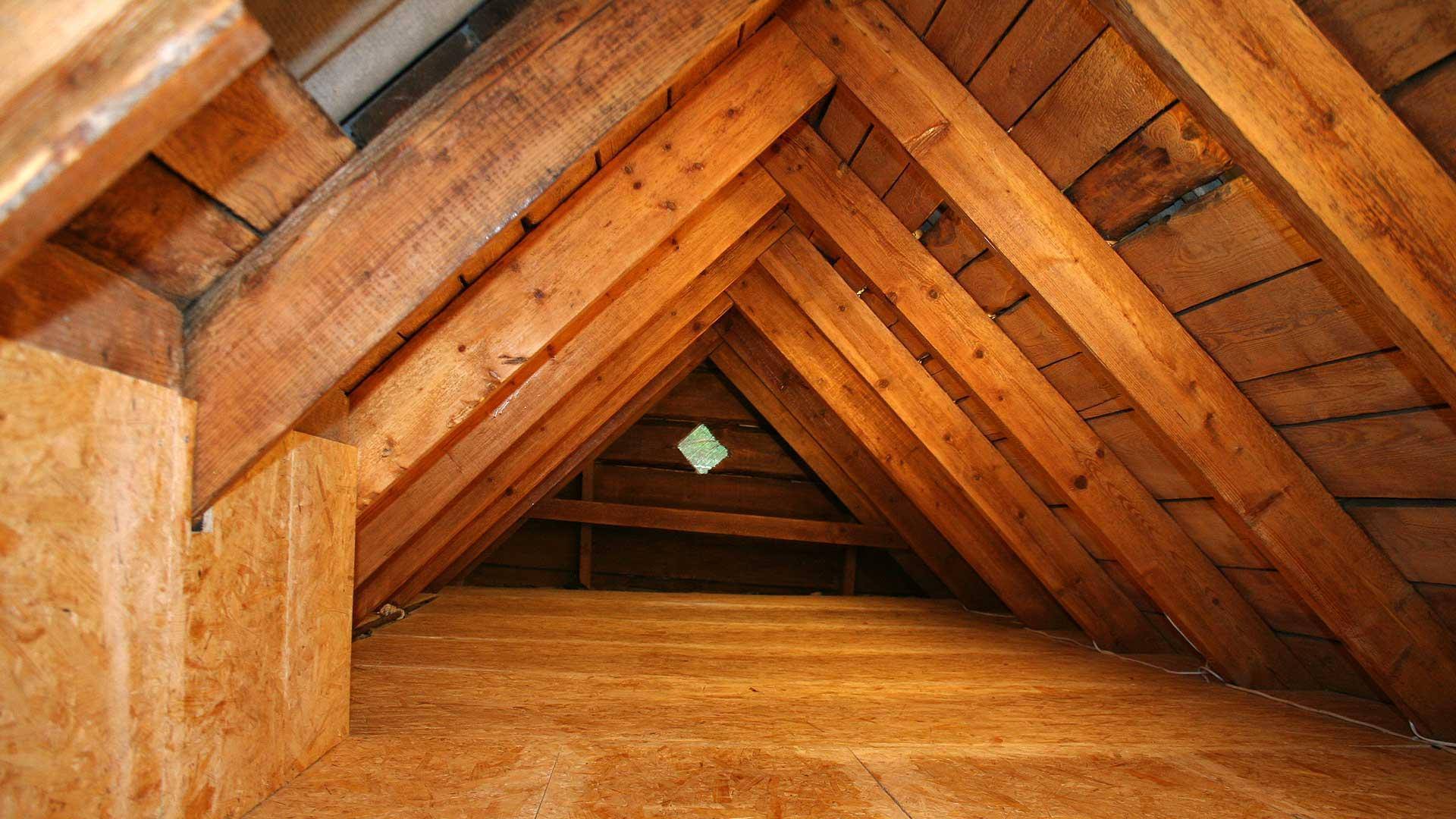
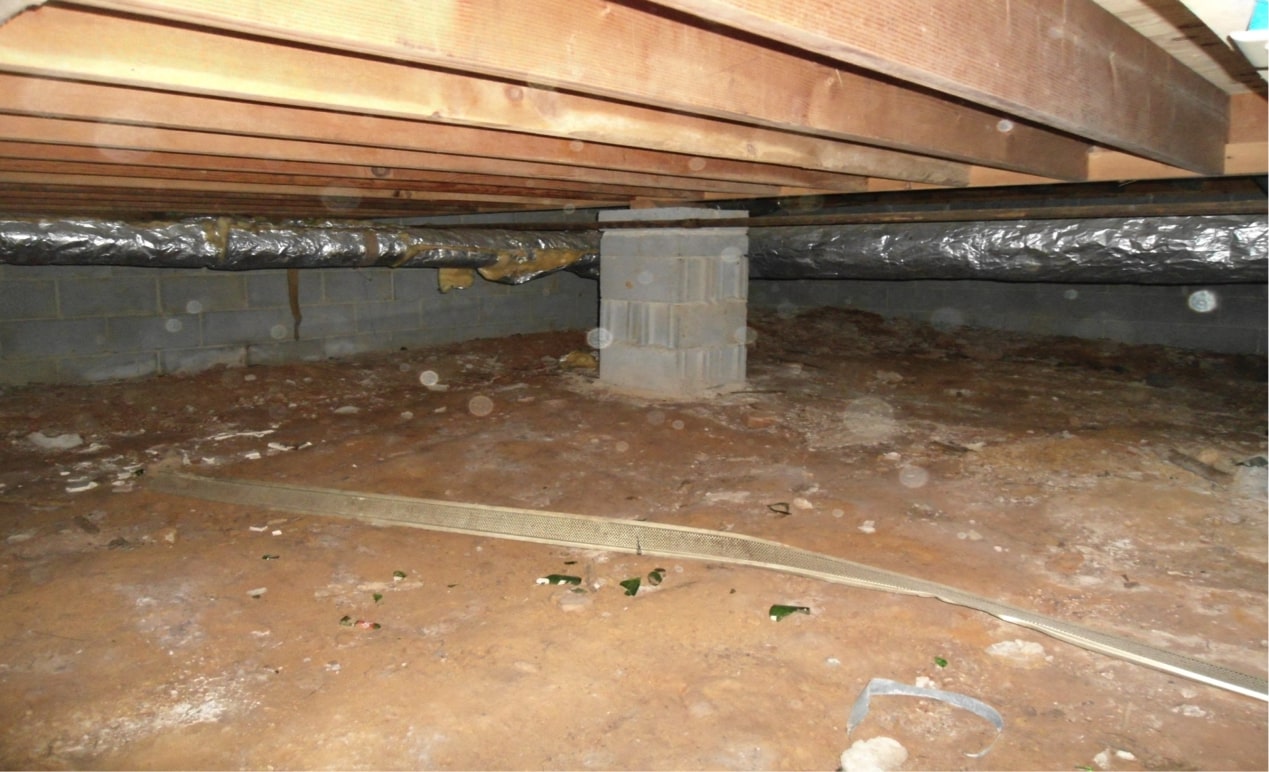
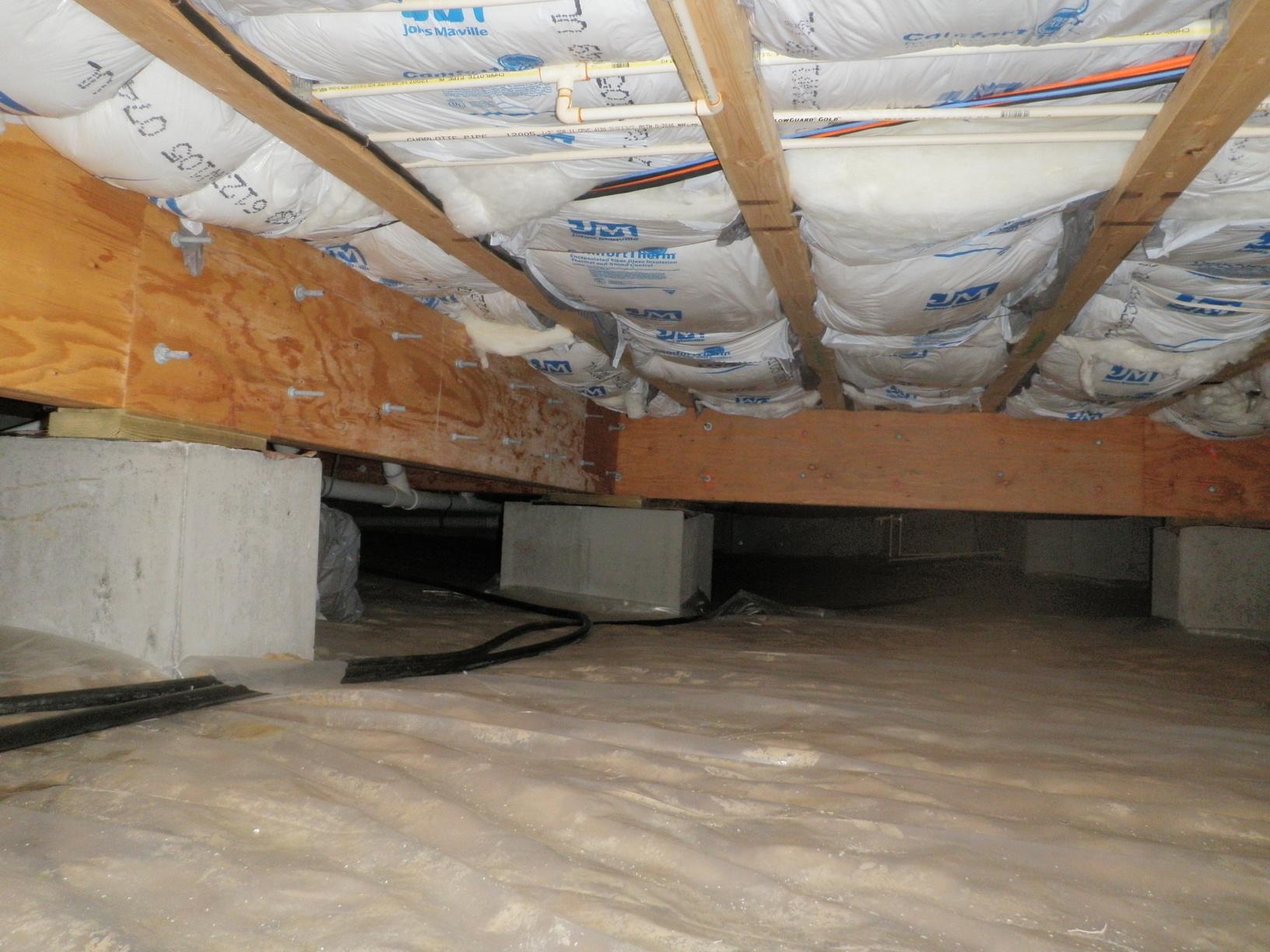
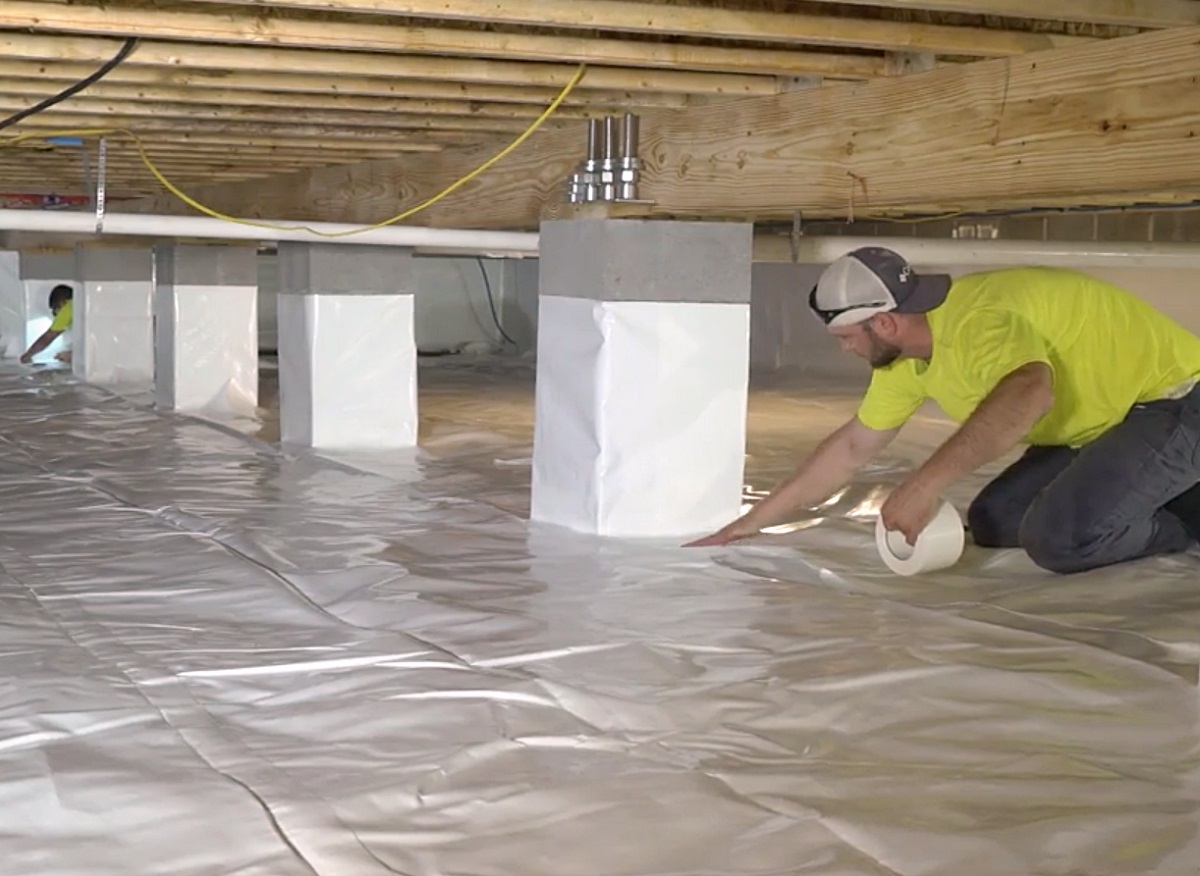
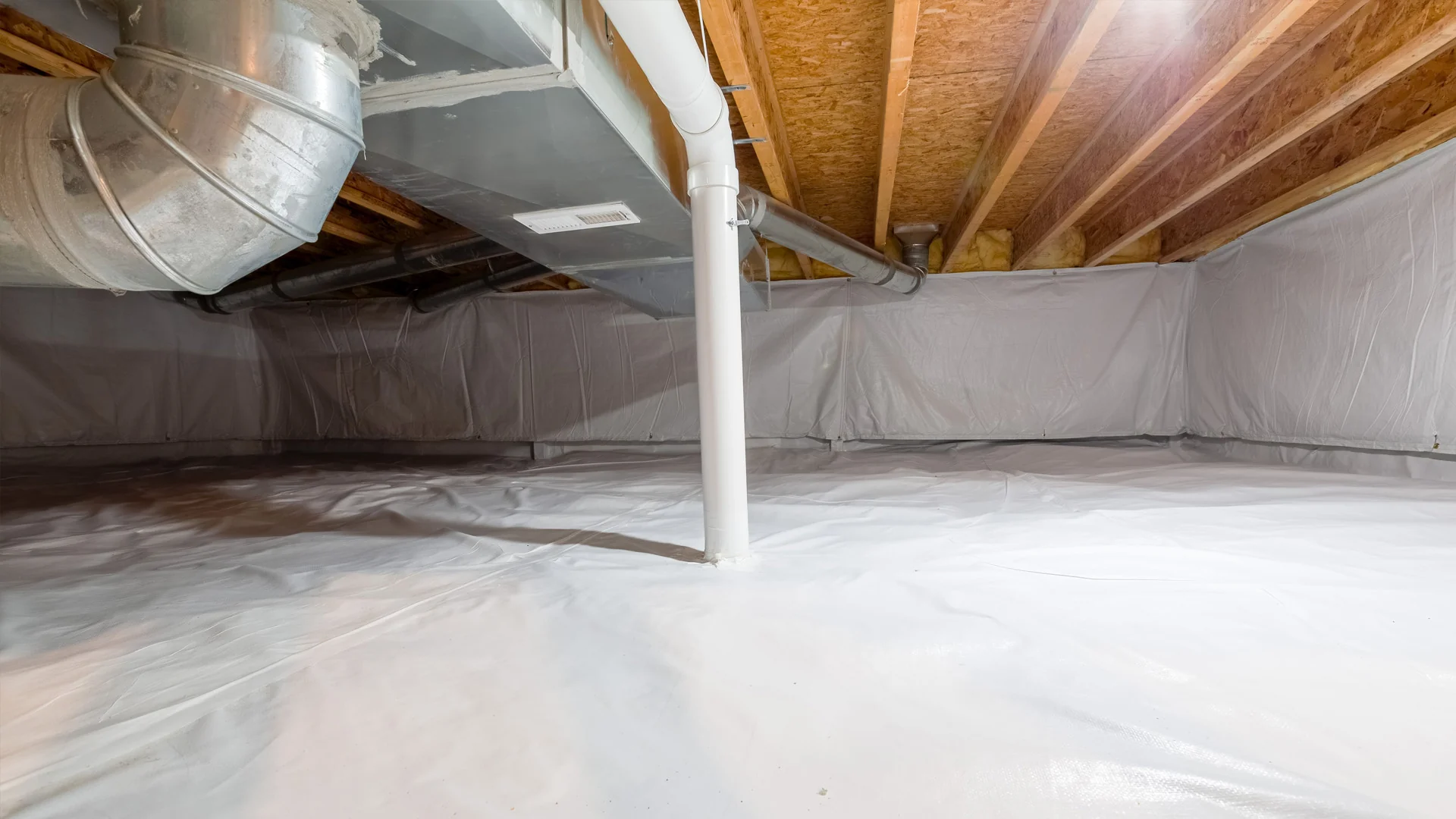
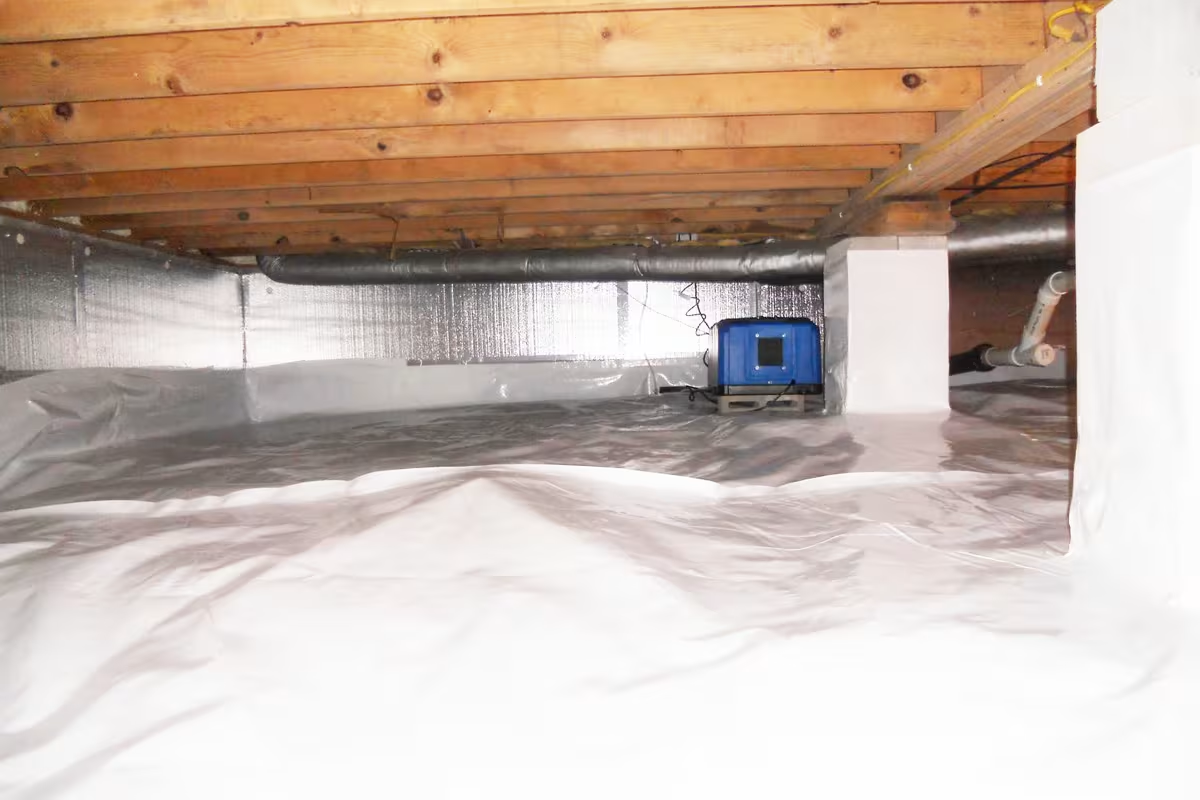
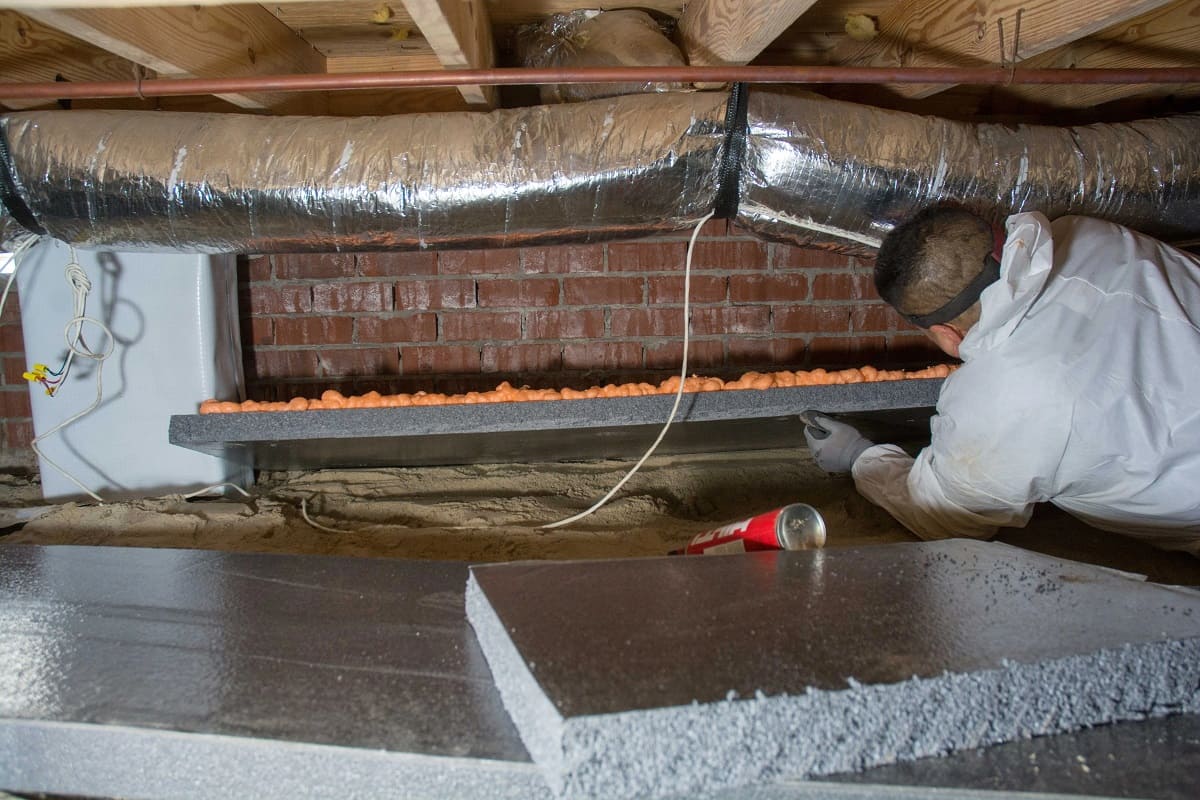
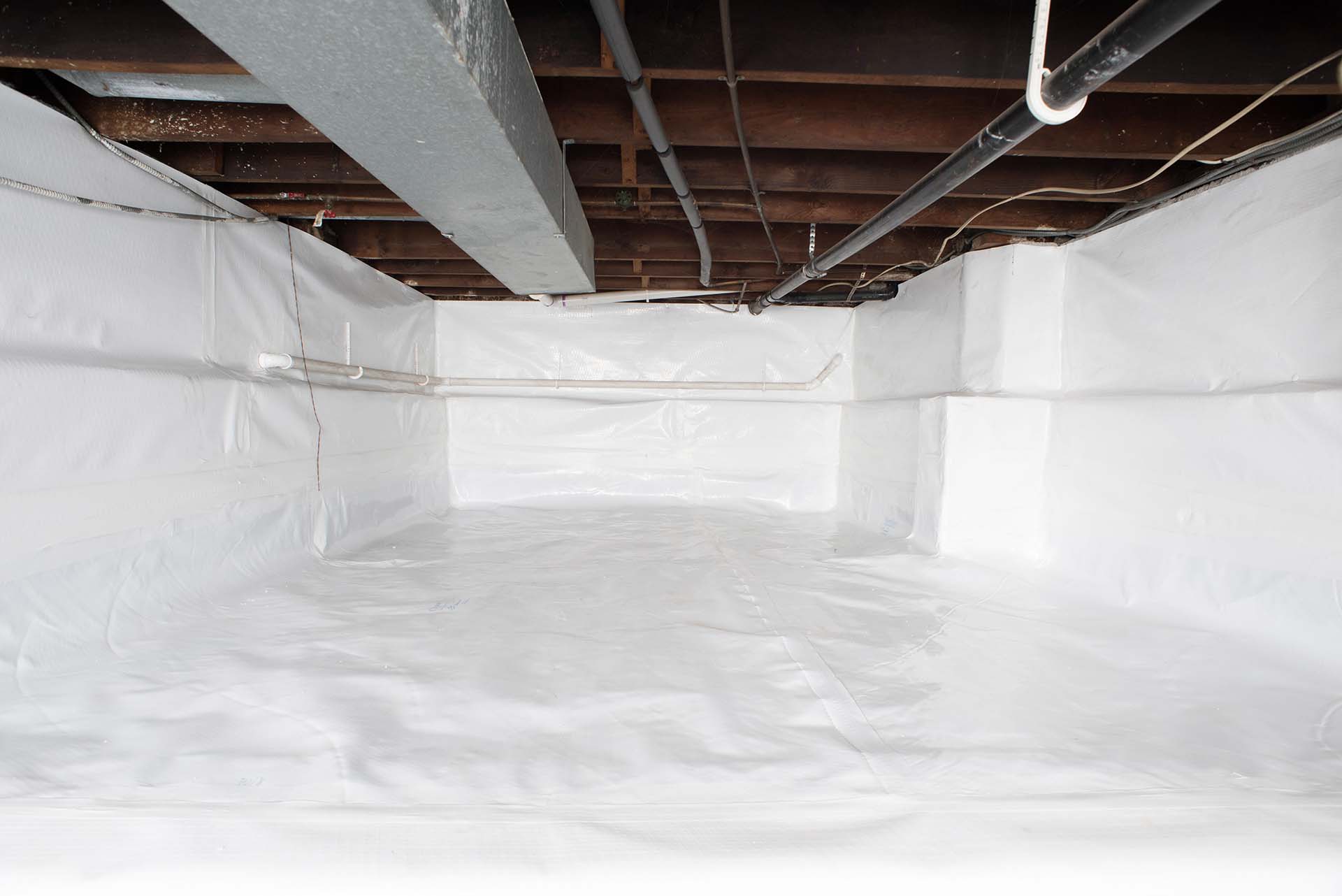
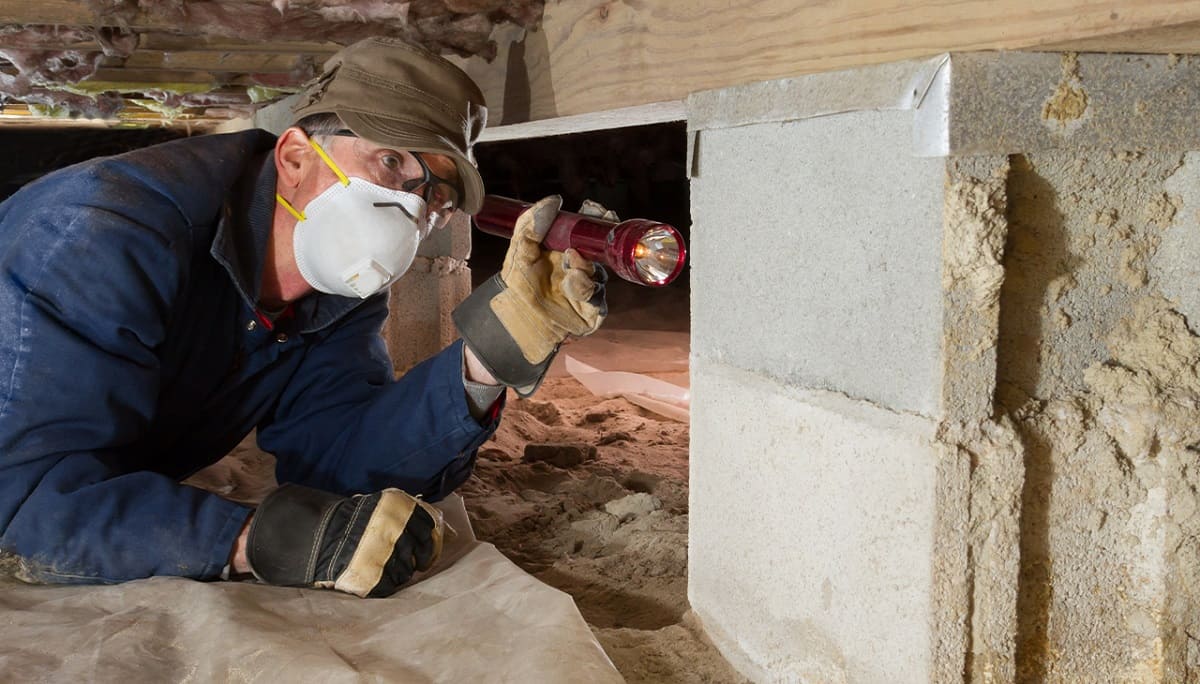
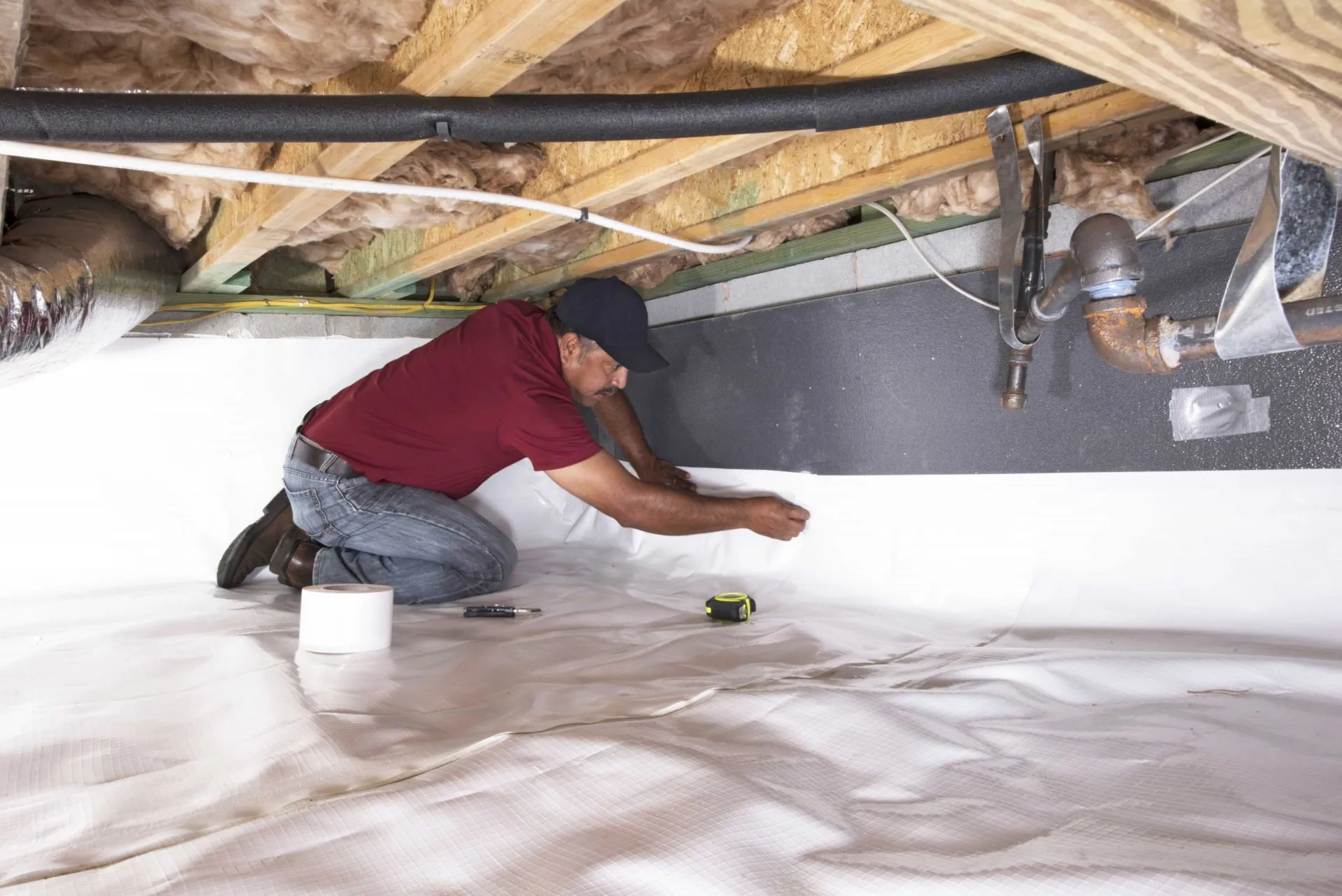
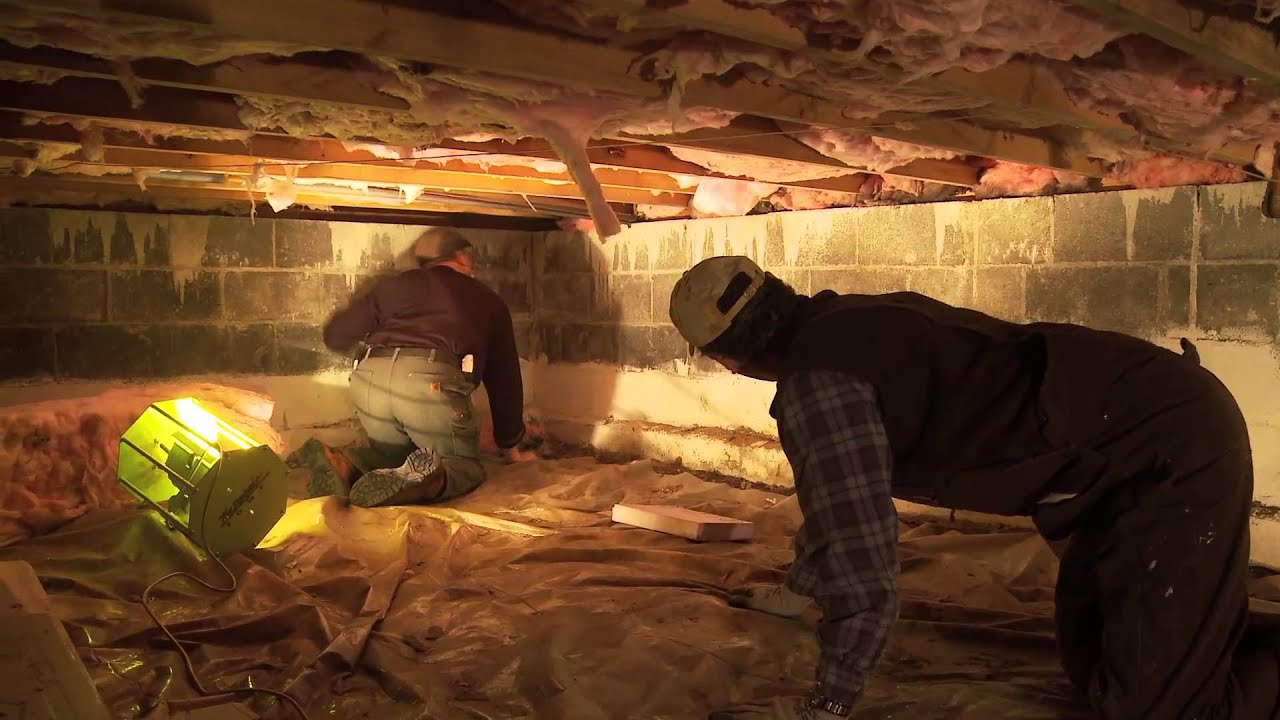

0 thoughts on “What Is A Crawl Space In A House”